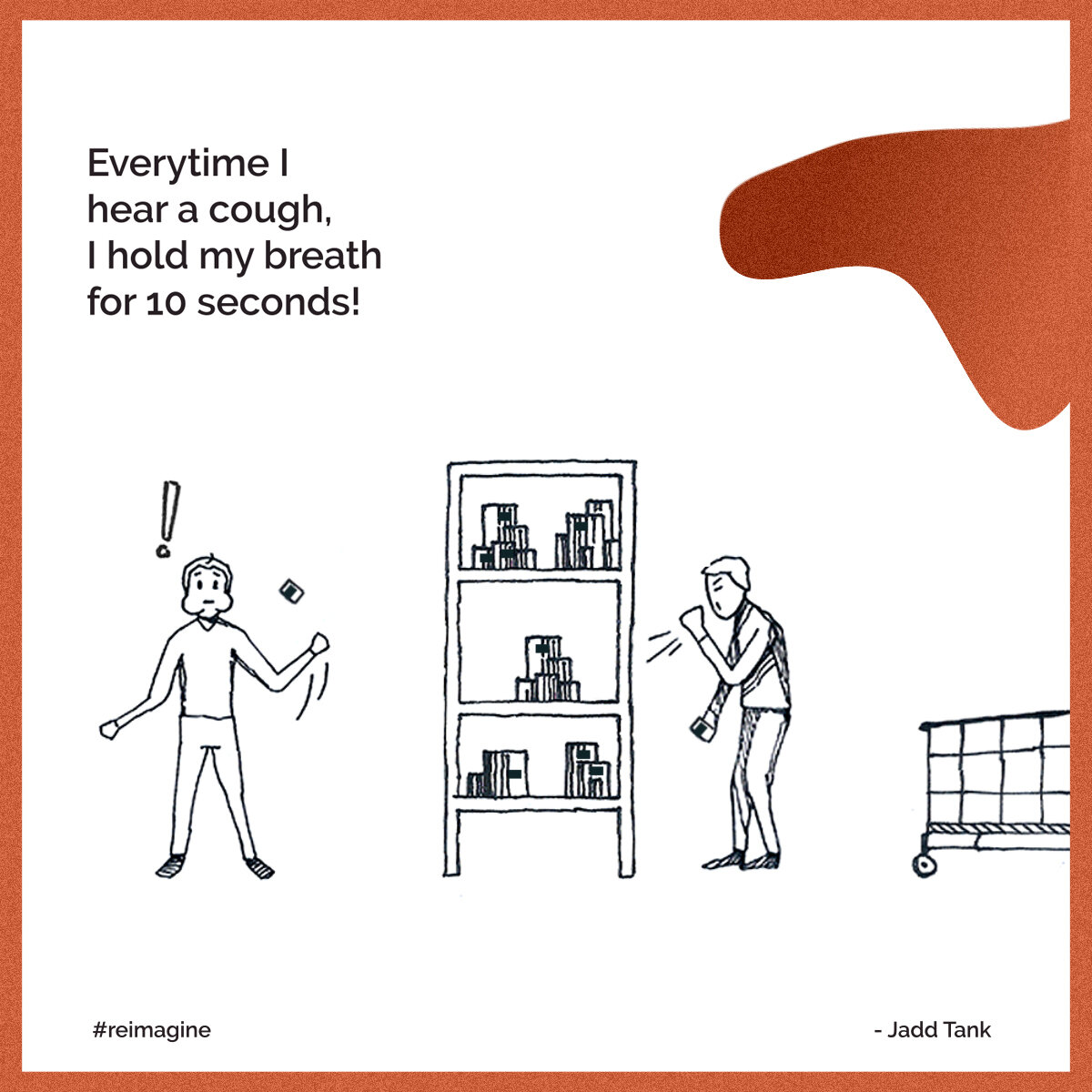#reimagine the little things
As we entered week 2 of the lockdown, we had a feeling that this was going to be a mental, emotional, and physical marathon. During our online meetings, we began sharing our personal ways of adapting and found comfort and inspiration in each other’s quirks.
With all the uncertainty surrounding the future, the little things we were doing seemed like the most concrete and reliable aspect of our lives. Our different coping mechanisms, survival skills and habits made us smile and think, and wonder...
Were these our opportunity to collectively (re)imagine the present moment?
So we brainstormed and reflected as a team, connected with our community of freelancers and full time professionals and parents, did our research and experiments...
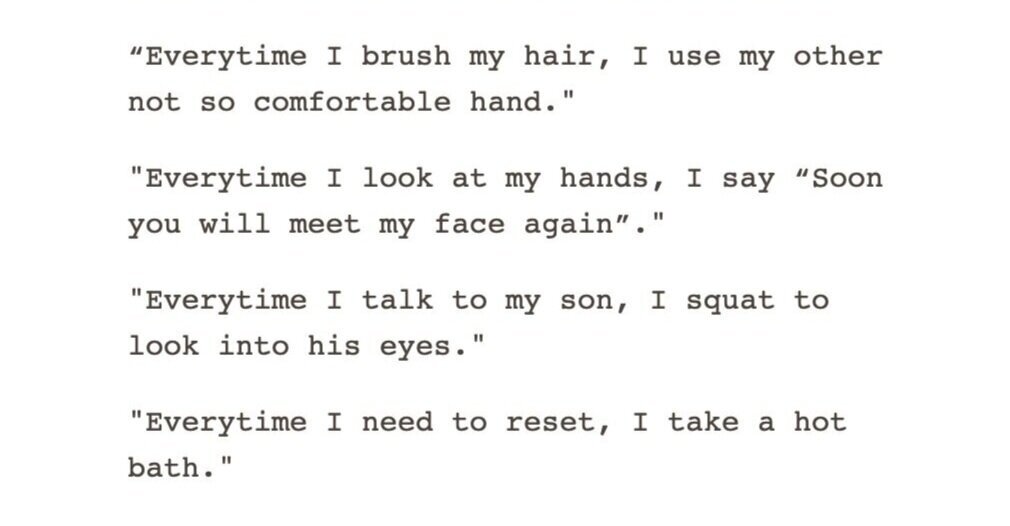
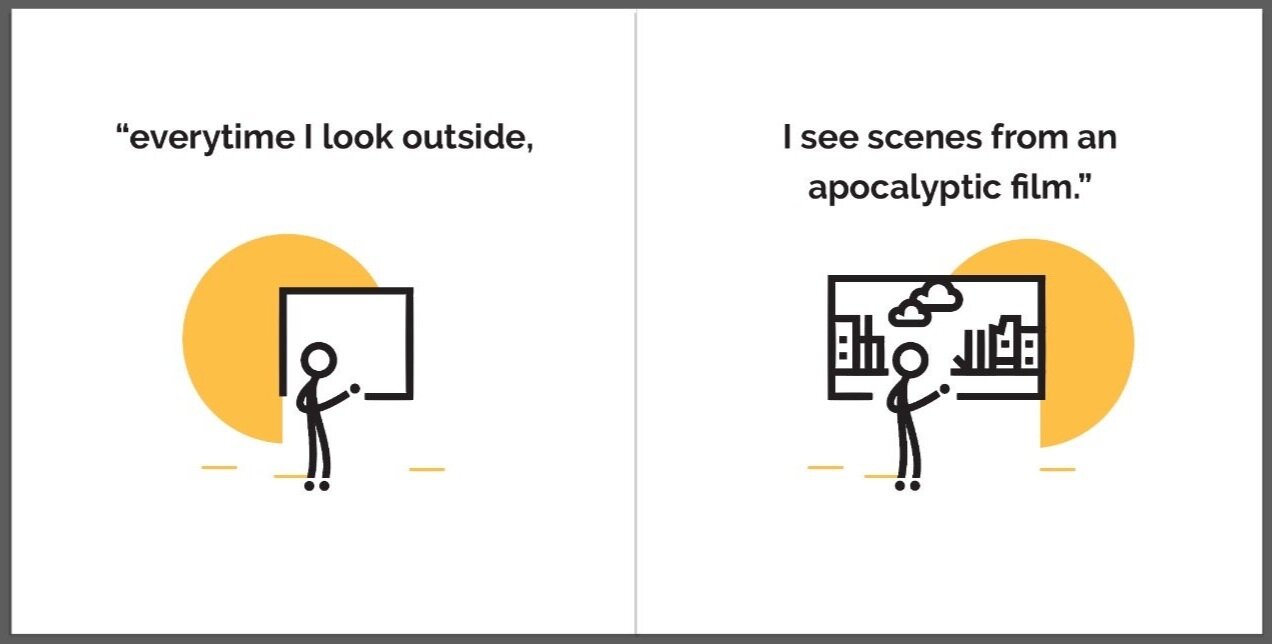
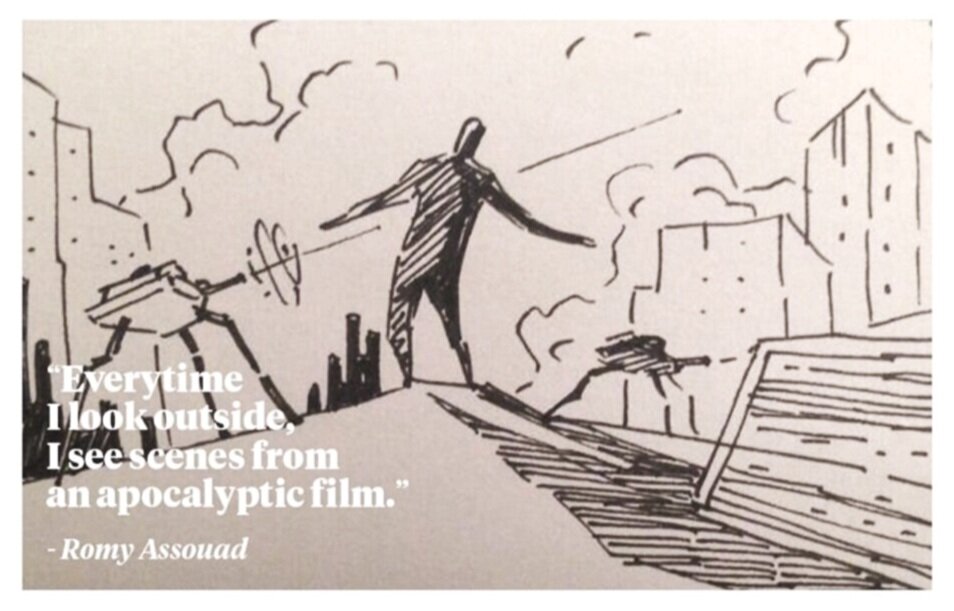
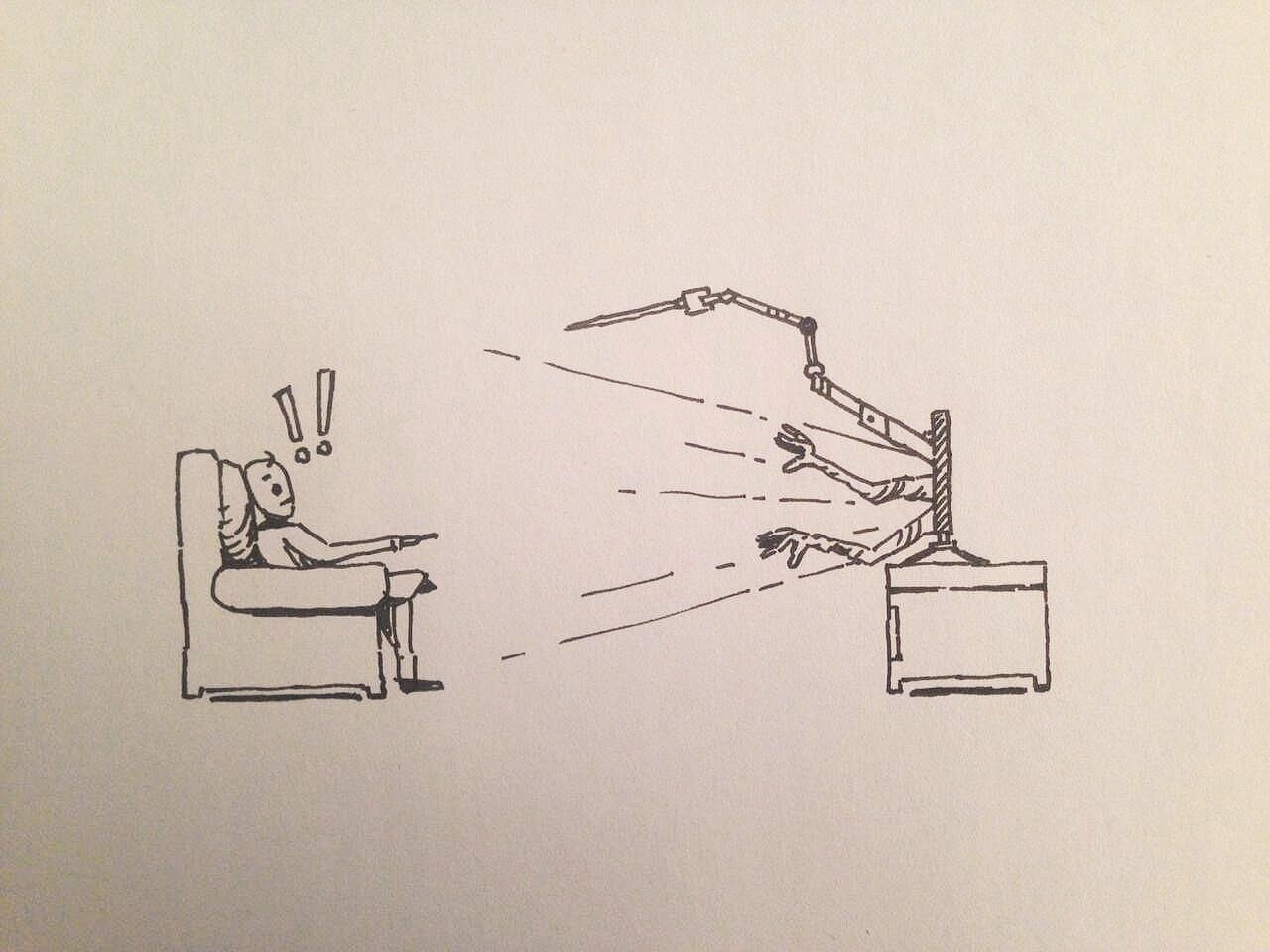
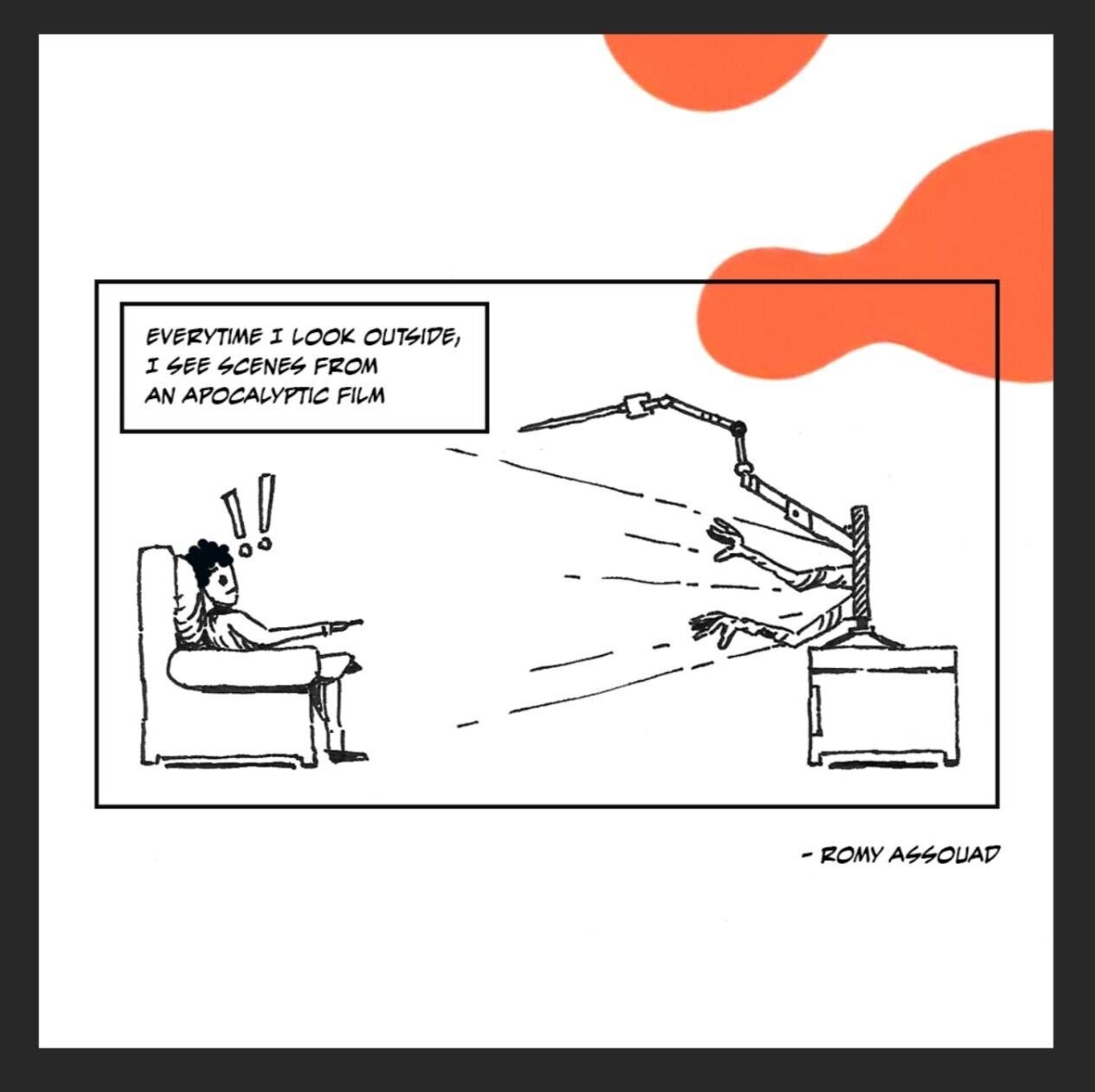
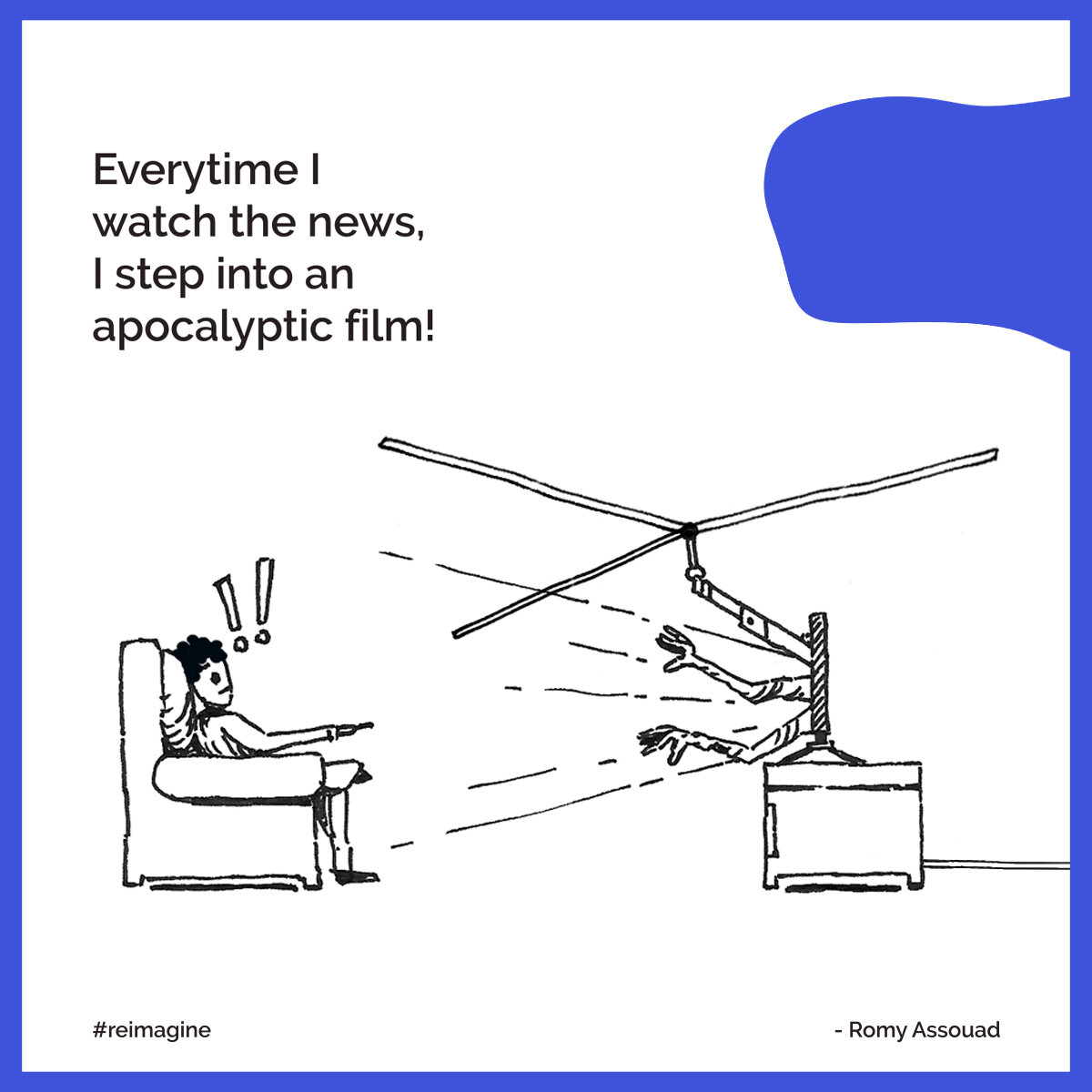
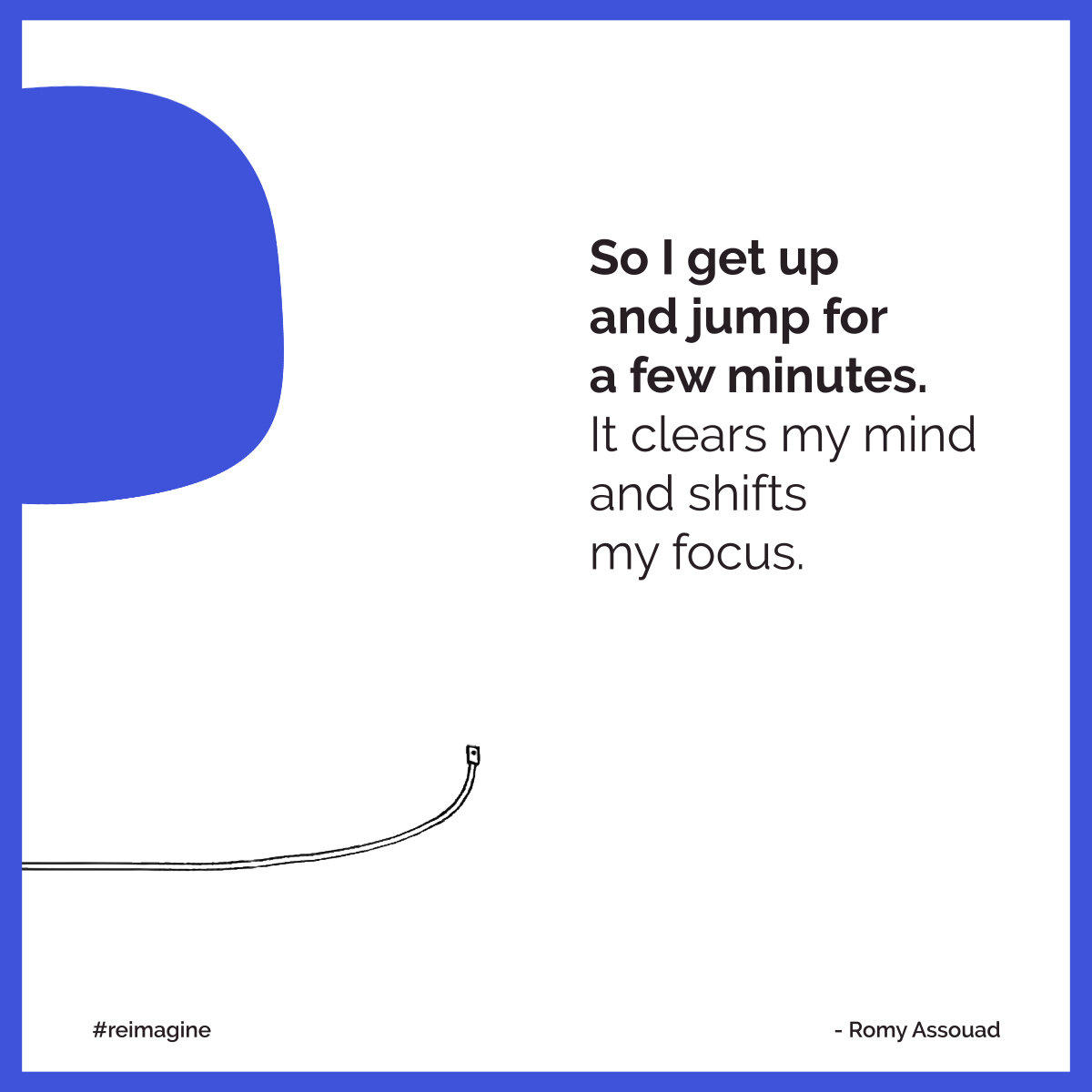
Together yet apart, we created a series of animated videos depicting the seemingly mundane as a gift in disguise. A humorous little digest of adaptation that’s accessible, contextualised, and timeless.
Based on “real stories by real people”, these comics-inspired videos are windows of playfulness and opportunities to be inventive, in the short and long run. Balancing humor with empirical knowledge, they include a medley of characters, situations, techniques, and tips for self-care.
the little things videos:
10 in total, they were shared on our social media platforms throughout April 2020. Click images to watch the animated videos on Instagram.
the little things /1/
tip: I get up and jump for a few minutes.
impact: It clears my mind and shifts my focus.
the science behind it: There are lots of physical benefits to jumping - from better bone density to improving posture. Like any vigorous exercise, jumping gets our body producing endorphins, which act as a pain reliever and give us a sense of wellbeing and relaxation. Jumping also helps stabilize the nervous system, which then releases serotonin - a substance that helps us deal with stress, sadness, and anxiety. The deep breathing we do while jumping clears our mind, sharpens our focus, and energizes us whenever we need a shift or boost.
the little things /2/
tip: I laugh with him.
impact: It boosts my immune system and protects my heart.
the science behind it: Laughter stimulates our diaphragm, which boosts our lymphatic system – an important part of our immune system. It increases the rate at which toxins are removed from the body and immune cells are produced, to protect our body from illness. Arteries also respond in healthy ways that could improve blood flow and long-term heart health.
the little things /3/
tip: When I exhale I do it slowly and comfortably.
impact: This instantly calms my nervous system.
the science behind it: When an exhale is even a few counts longer than an inhale, the vagus nerve (running from the neck down through the diaphragm) sends a signal to our brain to turn up the parasympathetic nervous system, which controls our rest, relax, and digest response. When the parasympathetic system is dominant, our breathing slows, our heart rate drops, our blood pressure lowers, and our body is guided back into a state of calm and healing.
the little things /4/
tip: I do a little dance.
impact: It gives me energy to keep going and makes house chores enjoyable.
the science behind it: Movement stimulates the body to release chemicals called endorphins, which interact with receptors in our brain to trigger positive feelings within the body. It’s scientifically proven that if we feel good physically, we can perform better - intellectually and emotionally too. Just a few minutes of dancing keeps our blood, mind, and ideas flowing, leading to a better quality of work in challenging times.
the little things /5/
tip: I get up and clean something.
impact: Making things shiny helps me let go of vengeful ideas.
the science behind it: When things feel far outside our control, we turn to rituals like cleaning to self-soothe. Cleaning in particular is an effective stress-reliever because it provides us with a sense of control over our environment. As we scrub or sweep our feelings away in repetitive motions, cleaning also becomes a mini workout. It’s an all-round cycle of wellness.
the little things /6/
tip: I doo bi doobi doo.
impact: Creating rhythm turns anything into a party.
the science behind it: Our voice box (larynx) is connected to our vagus nerve - a long, critical nerve that wanders from our brain down to our neck, chest and abdomen, essentially connecting our brain to our body. Activating this nerve tells our brain all is well, stimulating the parasympathetic nervous system to relax us. Singing or humming activates this vagus nerve!
the little things /7/
tip: I do nothing.
impact: Slowing down helps me create space for simple pleasures.
the science behind it: Dragging ourselves along on an empty tank is never a good idea. But even when we think we’re “recharging”, we’re still multitasking in our heads: planning, analyzing, daydreaming. Our attention is always in demand and often divided. Doing nothing is a practice: one that improves the quality of our attention, allows us to be present, to share our love, talents, clarity, and to do our best work.
the little things /8/
tip: I take the food for a walk of fame.
impact: Completing small creative projects helps me feel more in control
the science behind it: There is growing recognition in psychology research that creativity is associated with emotional functioning, and scientists have begun looking into the benefits of creativity on emotional wellbeing. When we frequently take on small, creative projects we feel more relaxed and happier in our everyday lives, and often feel as if we’re “flourishing”—a psychological term that describes the feeling of personal growth. Cooking, baking, or any little creative project allows us to feel in control and can help our mood by providing small tasks to focus on in a manner similar to meditation.
the little things /9/
tip:I throw and swing my arms in the air.
impact: It releases built up frustration in my lonely hands.
the science behind it: 10 minutes of arm swinging helps your circulation for the day; another 10 minutes will activate your organs; and another 10 minutes will treat your disease - according to ancient Chinese wisdom. An arm swinging exercise session that lasts around 30 minutes, performed around 3 times weekly to daily can improve cardiovascular health and overall wellbeing.
the little things /10/
tip: I follow patterns on the floor.
impact: It helps me process complex situations and map things out.
the science behind it: There’s always been an aesthetic delight taken in symmetry - in nature, in architecture, in photography, even in faces! And the reason may be partly psychological: symmetry represents order. We crave order as it helps us make sense of the world around us and inside us, especially in difficult times. Patterns are nature’s anxiety medicine and have been used to soothe and inspire people for millennia. Exposure to fractal patterns in nature reduces our levels of stress by up to 60%! Bringing nature and those repetitive patterns indoors or on our screens, following them with our eyes or with our bodies, can have a calming effect.




